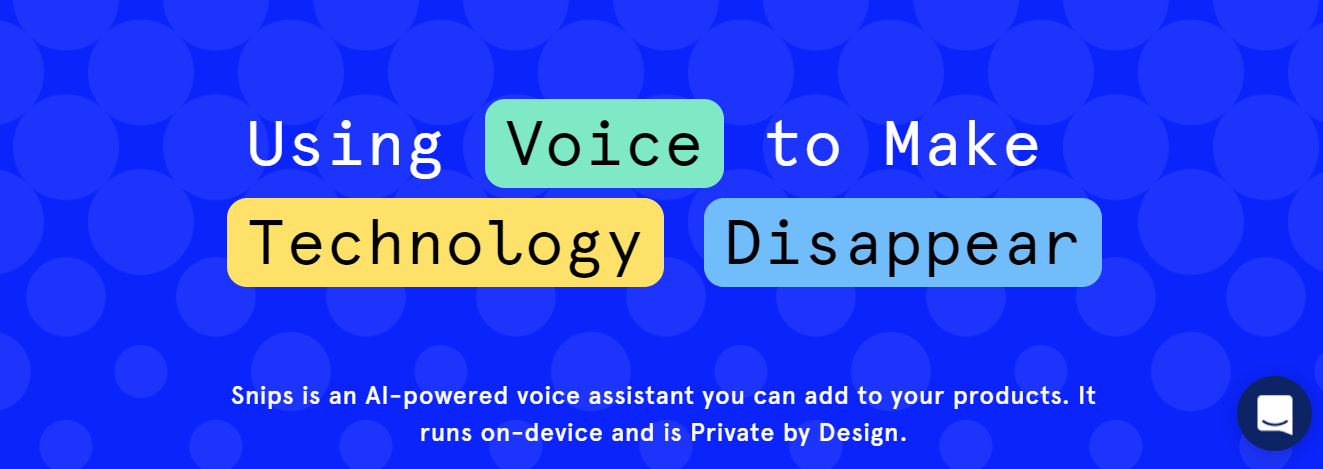Z Digital Agency Manager interviewed Rand Hindi, Founder at Snips.ai, to learn more about Artificial Intelligence in the world of Internet of Things. From data privacy to pioneering data creation for Machine Learning, Rand Hindi has a lot to tell about the fast moving world of AI.
You started coding at 10, what is your personal story?
As a kid, I loved electronics. I spent my days building stuff and breaking all the appliances in the house to see how they worked. My mom, probably fed up of having to buy new TVs, decided to get me a programming book. She put me in front of a computer and told me “here, now you can make and break things as many times as you want!”. I guess that was a good choice 🙂
It became immediately clear to me that this is what I wanted to do. Following this, I created a startup at 14 (a social network), a web agency at 15, before doing a PhD in AI at 21, eventually leading to my current company, Snips.
Snips is using AI to enable its client companies with a voice-recognition AI to trigger specific actions at the client device level. Could you explain your company in few lines?
Snips is a voice platform for connected devices. It enables anyone to add voice to their products, from TVs to cars and coffee machines. Think having your own Siri for your product. The particularity is that everything is processed directly on the device, with nothing being sent to the cloud. This makes Snips the first Private by Design, GDPR compliant solution on the market.
What AI methods is Snips using? What are the advantages compared with other methods in this specific case (RNN, Feedforward, etc.)?
Our voice platform has multiple components, from hotword detection, to speech recognition, natural language understanding and dialog. Each uses a specific neural net model, tailored to the particular task it’s solving. The challenge we had was on adapting deep neural nets to run on tiny computers, such as a Raspberry Pi.
IoT and ChatBots are a massive market, undergoing serious innovations, how do you see the future with AI on this market? What challenges are you and other facing in terms of technology (may be because of data sets, computational power, algorithms, etc)?
I am convinced that NLP algorithms will eventually converge and become standardized for most tasks. Hence, the real battle will be around the data to train those algorithms. Our internal research shows that given a large enough amount of data, many models end up having similar performances.
This is why at Snips, our core focus going forward is on generating high quality data, without needing real users. The idea is to simulate users talking to devices to build datasets with thousands of sentences for each assistant intent. By doing this, not only do you solve the cold start problem (you don’t need to wait to have users), you can also generate more diverse, representative data. Data generation will be a key topic in machine learning very soon.
What would be for you the 2 main enterprise use cases that you foresee with AI in the next 10 years, that we are not seeing coming?
I cannot speak for other industries, but as it relates to voice and enterprise, I believe office automation (controlling buildings, meetings rooms, etc.. by voice) and field work assistants are big use cases.
Could you describe for us the French AI ecosystem, and list few important initiatives in the country?
France has always had a big AI talent pool, as the education systems heavily promotes mathematics and engineering. This spun many startups, making France only second to the UK in terms of AI startups being created.
With regards to the government, there is a major ongoing initiative, called France AI, to determine the strategy of the country with AI and its impact on jobs, the economy, education etc.. This should lead to new policies in the coming months, with a view to make France a leader in AI globally.
